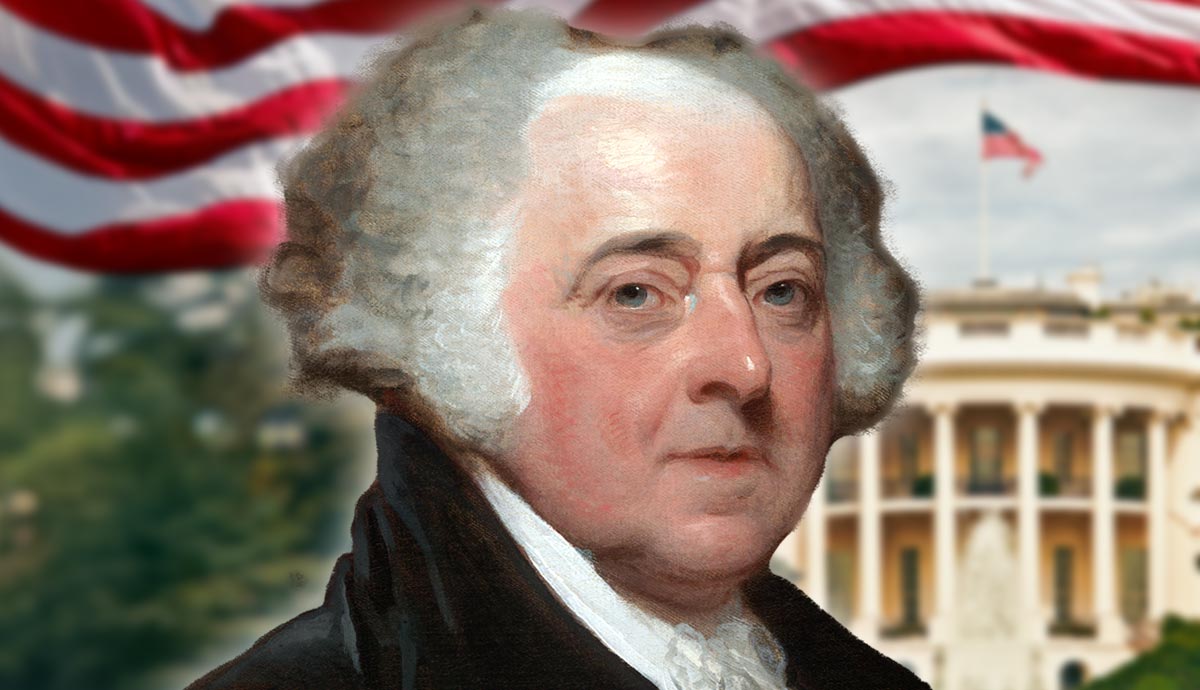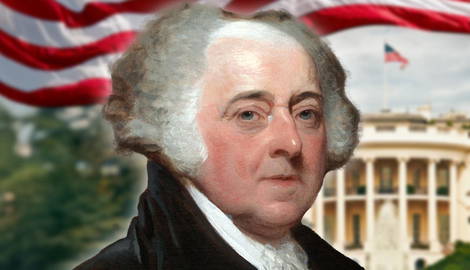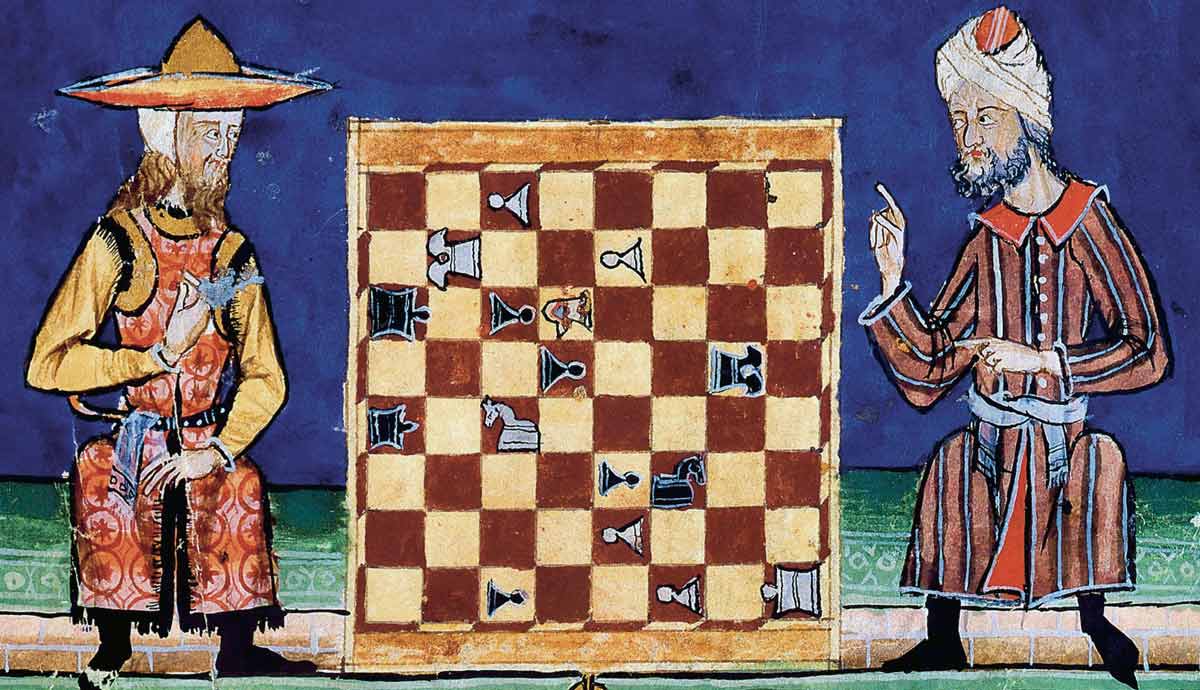
On November 1st, 1800, in the final year of his presidency and just before the election, John Adams moved into the still unfinished White House at 1600 Pennsylvania Avenue, Washington D.C. After eight years of construction work, only the central portion of the President’s House had been completed. Adams lived there for approximately 5 months before handing it over to Thomas Jefferson, who defeated him in the election of 1800.
Who Was John Adams?

The first president to Live in the White House was born into a political family. His father, also named John Adams, was a Puritan deacon, landowner, and farmer. Adams contemplated becoming a farmer before entering Harvard in 1751 to study law. He was admitted to the bar in 1759.
Adams emerged as a leading political figure in Massachusetts during the American Revolutionary War. He distinguished himself as a diplomat to France, the Dutch Republic, and Great Britain, became a member of the Continental Congress, and in 1776, organized the Committee of Five that tasked Thomas Jefferson with writing the Declaration of Independence.
After George Washington became the first US President, Adams was elected as the first Vice-President, though he played a minor role in politics. In 1796, John Adams narrowly defeated Thomas Jefferson to become the second president of the United States.
The Adams Family Moves to Washington

John Adams and his wife Abigail lived their early married life between the family home in Braintree (later renamed Quincy) and Boston, Massachusetts, where John practiced law.
After Adams was sworn in as president on March 4, 1797, he divided his time between the Adams family estate in Massachusetts (Peacefield) and the President’s House in Philadelphia, which served as the national capital (1790-1800) while Washington D.C. was under construction.
The US Constitution, ratified in 1789, called for a Federal Capital District free from state influence, which was established in 1790. In 1791, the district was named Columbia, and its capital city, Washington D.C., was named in honor of George Washington. Construction of the new presidential residence at 1600 Pennsylvania Avenue began in 1792 and was completed in 1800. On 1st November 1800, the Adams family moved to Washington.
Construction of the White House

The initial concept for the president’s house was conceived by French-American artist and city planner, Pierre Charles L’Enfant, who was entrusted by George Washington to design the national capital. However, the final design emerged through an architectural competition.
Out of nine submissions, the winning design was Irish-American architect James Hoban’s Neoclassical Presidential Palace. George Washington personally selected the exact location for the building and construction commenced at noon on 13th October, 1792.
The construction spanned 8 years and utilized a combination of Aquia sandstone, bricks, and lumber sourced from Maryland and Virginia. The labor force included enslaved people, American workers, and immigrant laborers. The total cost – in today’s money – was approximately 4.5 million dollars.
Upon completion, the president’s house was coated with a lime-based “whitewash” to protect it from the elements, giving the building its iconic color and eventually, its name. The term “The White House” was officially adopted by President Theodore Roosevelt in 1901.
Adams in the White House

John Adams’s presidency unfolded during a turbulent period in US history. As the French Revolutionary Wars raged between France and Britain, America became ensnared in the conflict. International trade suffered, and intense debates arose over the nation’s future direction.
The war accelerated the rise of two dominant political parties: Adams was associated with Alexander Hamilton’s Federalist Party, which favored strong central government and generally supported Britain, while Thomas Jefferson’s Democratic-Republican Party advocated states’ rights and closer ties with revolutionary France.
Despite these challenges, Adams proved to be an effective president. He successfully avoided a full-scale war with France, strengthened the federal government, and set the United States on course to become a major Naval power.
John Adam’s most enduring legacy was his peaceful acceptance of defeat in the 1800 election to his great political rival, Thomas Jefferson. In the wake of a bitterly contested election, his commitment to an orderly transfer of power set a crucial precedent for the young republic.










